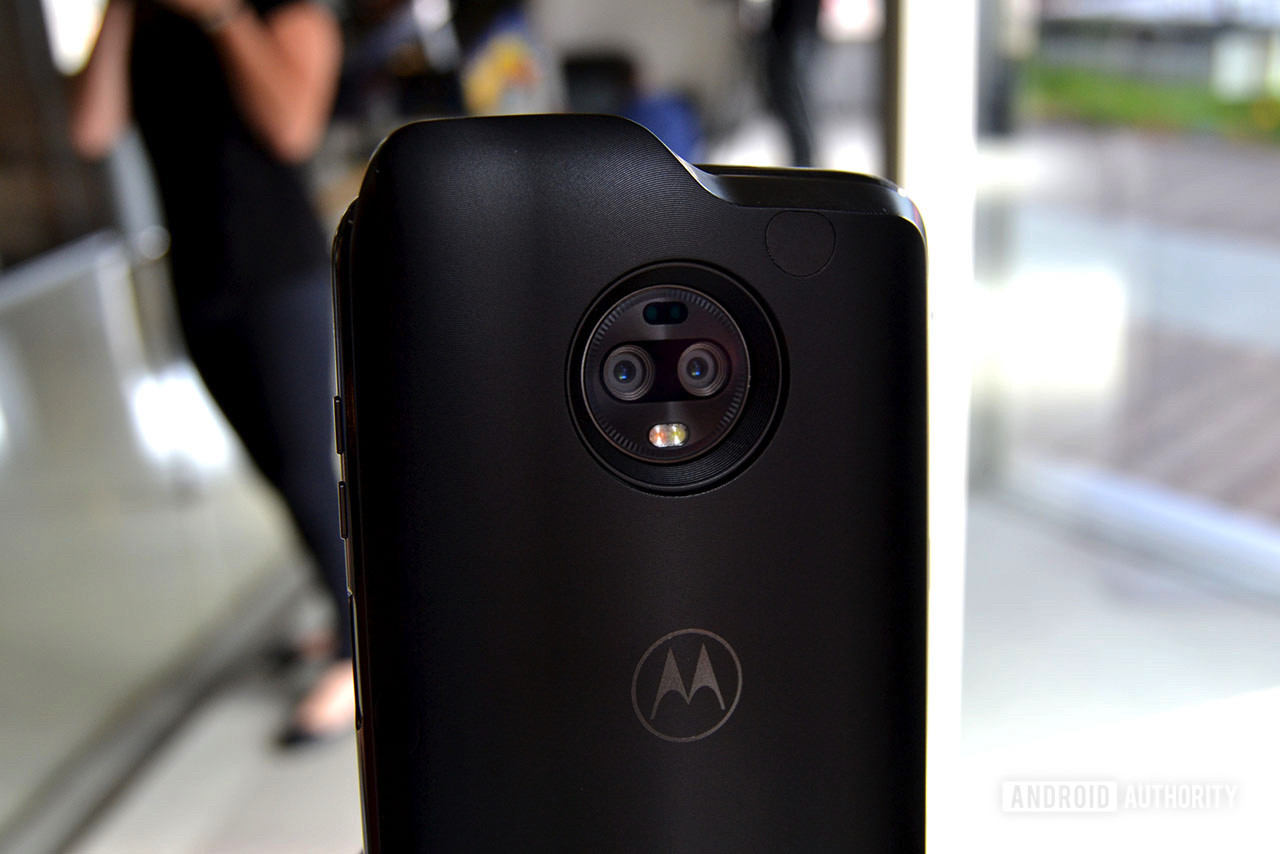
ZTE is premiering "5G Device Solutions" aimed to help bring next-generation networks to smartphones at IFA 2018 in Berlin this week. The company's cutting-edge technology includes multi-antenna arrays, architecture changes for the latest standards, and even dedicated heat dissipation structures to cope with the extra power consumption. All of this is very much required to tackle the design challenges of phones transitioning to 5G.
However, there's a notable detail hidden away in all this — ZTE doesn't expect to ship its first 5G smartphone until the second half of 2019. It had previously been ambitious enough to suggest a 5G phone launch later this year, later pushing that back to an early 2019 estimate. Given that the company has these 5G Device Solutions at the show, why the holdup?
ZTE's 5G phone has been pushed back from the turn of 2019 to much later in the year
ZTE hasn't given a reason for the delay, but the newly unveiled device solutions actually hint at the potential problems.
Building 5G smartphones is much more complicated than just slapping a new modem into existing phones. 5G handsets have to accommodate more antennas, beamforming, and mmWave obfuscation issues, as well as new modem technology to aggregate all of this together. All this results in notably higher power consumption, putting additional strain on battery life and generating more heat. ZTE's development of heat dissipation structures and real-time temperature monitoring and controls seems to indicate this.
The Motorola Moto Z3 is the industry's first 5G-ready handset, and a good example of these issues. The modular accessory features a noticeable antenna hump and a substantial addition to the handset's battery capacity to support the next-gen technology. Squeezing all of this down into a slim phone form factor consumers will want is tricky. ZTE may still be struggling to make it work.
Other manufacturers like Samsung and LG have hinted their first 5G smartphones will landing at some point in 2019 too. However, 5G almost certainly isn't coming to the Galaxy S10, which typically launches early in the year. Instead, the technology seems more likely to appear in dedicated 5G models released only in select markets.
Regardless, most consumers will not benefit from 5G networks next year, or even the few years after that. There's no rush for smartphones to be 5G capable, other than to get the bragging rights. Perhaps ZTE seems to have realized this and is now taking a more sensible approach to its first 5G smartphone.
from Android Authority https://ift.tt/2N4zqXe
via IFTTT


No comments:
Post a Comment